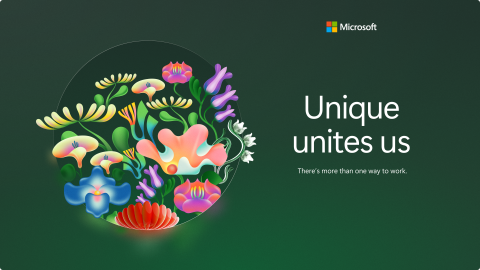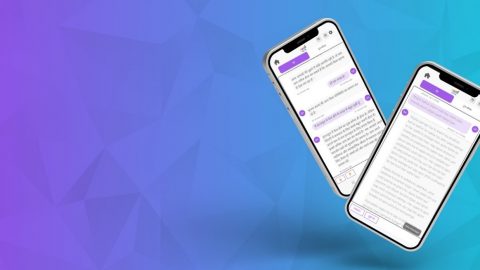Windows 8 Empowers a High School Student with a Rare Disorder
It is not easy being sixteen. For any teenager, the demands of school, a new social world, extracurricular activities, family life, and an always-on digital world, mean sixteen is often not sweet.
Alejandra Tristan is a typical teenager in most regards, but she faces a challenge that threatens to put a typical teenage life out of reach. Tristan has a rare genetic disorder, Ehlers-Danlos syndrome (EDS), which makes her joints fragile and loose. Too often her days end painfully by noon, cut short by dislocated knees, fingers, and shoulders that sometimes keep her in bed for weeks.
The simple act of typing could dislocate her shoulder, wrist or finger, which means a laptop that could have connected her to an increasingly digital world was often of little use. Rather than being a lifeline to the world, technology was a painful reminder of her disorder, and it was easy for Tristan to feel cut-off, different, and directionless.
Then Tristan discovered Windows 8. With its advanced technologies, enhanced accessibility features, and touchscreen, Windows 8 is helping Tristan transform both her education and life. With Windows 8, Tristan, who will be a high school junior this fall, has reclaimed her studies, her friends, and her voice.
“It gave me my school and friends back,” Tristan said. “It gave me the ability to do my schoolwork but more than that, it helped me enjoy school again.”
Read Alejandra Tristan’s full story, the second in our series about the transformative power of technology for people with disabilities, at the Microsoft News Center.








